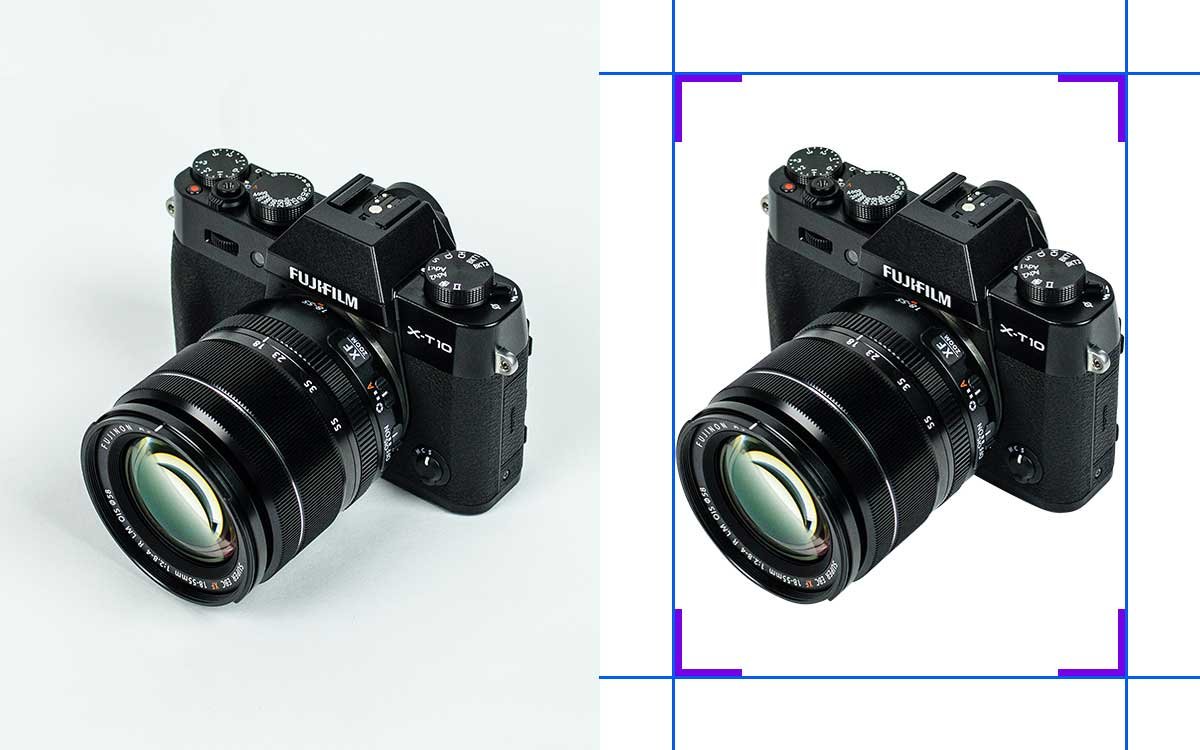The Impact of Automated Image Sizing on SEO and Website Rankings
Introduction
In today’s digital age, where online visibility is crucial for businesses and individuals alike, search engine optimization (SEO) plays a pivotal role in driving organic traffic to websites. While most SEO efforts focus on content quality, keywords, and backlinks, one often overlooked aspect is image optimization. Automated image sizing, in particular, can significantly impact SEO and website rankings. In this article, we will explore the importance of image sizing, its relevance in SEO, and how it can enhance website performance.
The Significance of Image Optimization
Images are an integral part of web content, enhancing user experience and conveying information effectively. However, they can also slow down website loading times if not optimized properly. This is where automated image sizing comes into play. It involves the use of tools and techniques to resize images, reducing their file size while maintaining acceptable visual quality.
- Page Loading Speed: One of the primary reasons to optimize images is to improve page loading speed. Slow-loading websites can deter users and negatively impact SEO rankings. Search engines like Google consider page speed as a ranking factor, making it crucial for website owners to ensure swift loading times.
- Mobile Responsiveness: With the increasing use of mobile devices for web browsing, having images that are appropriately sized for different screen sizes is vital. Automated image sizing can help ensure that images display correctly on both desktop and mobile devices, contributing to a better user experience.
- Bandwidth and Storage: Overly large images can consume excess bandwidth and storage, leading to increased hosting costs. By automating image sizing, website owners can save resources and allocate them more efficiently.
- User Engagement: Faster-loading pages and optimized images lead to better user engagement. Users are more likely to stay on a website that loads quickly and provides a smooth browsing experience. Higher user engagement can indirectly improve SEO rankings.
The Relationship Between Image Sizing and SEO
Image optimization, including automated image sizing, has a direct impact on SEO and website rankings. Here’s how:
- Improved Page Speed: As previously mentioned, faster-loading pages are favored by search engines. When images are appropriately sized, they load quickly, contributing to better page speed and, consequently, higher SEO rankings.
- Reduced Bounce Rates: Large, unoptimized images can cause high bounce rates as users become frustrated with slow-loading pages and leave. Lower bounce rates indicate to search engines that your content is relevant and engaging, potentially improving your website’s ranking.
- Enhanced User Experience: User experience is a crucial factor in SEO. Optimized images make it easier for visitors to navigate your site and access content. This positive user experience can translate into longer visit durations and more page views, both of which are factors that search engines consider in their ranking algorithms.
- Mobile Friendliness: Automated image sizing ensures that images are appropriately scaled for mobile devices, enhancing mobile friendliness. Since Google uses mobile-first indexing, having a mobile-friendly website is vital for SEO success.
- Image Search Optimization: Image search is a significant source of web traffic. Properly optimized images, complete with descriptive alt text and relevant file names, can rank well in image search results, driving additional organic traffic to your site.
Best Practices for Automated Image Sizing
To harness the SEO benefits of automated image sizing effectively, consider the following best practices:
- Choose the Right Image Format: Use appropriate image formats like JPEG for photographs and PNG for images with transparency. These formats offer good compression options for automated sizing.
- Set the Correct Dimensions: Determine the maximum dimensions your website requires for different types of images (e.g., header, featured, thumbnail). Resize images accordingly to avoid unnecessary loading of large files.
- Use Compression: Employ image compression techniques to reduce file sizes without significant loss in quality. Numerous online tools and plugins can automate this process.
- Optimize Alt Text: Include descriptive alt text for all images to improve accessibility and SEO. Alt text provides context for search engines and users when images cannot be displayed.
- Leverage Lazy Loading: Implement lazy loading to defer the loading of off-screen images, further enhancing page speed.
- Utilize Responsive Images: Use responsive design techniques to serve different image sizes to different devices. This ensures that users on various devices receive appropriately sized images.
Conclusion
Automated image sizing is a crucial component of website optimization that can significantly impact SEO and website rankings. By reducing page load times, enhancing user experience, and improving mobile responsiveness, automated image sizing helps websites climb the search engine rankings while also reducing bandwidth and storage costs. In an era where online visibility is paramount, optimizing images is a practice that should not be overlooked by website owners and SEO professionals alike.
